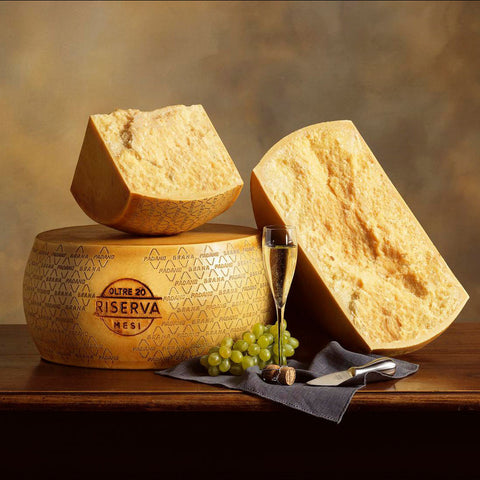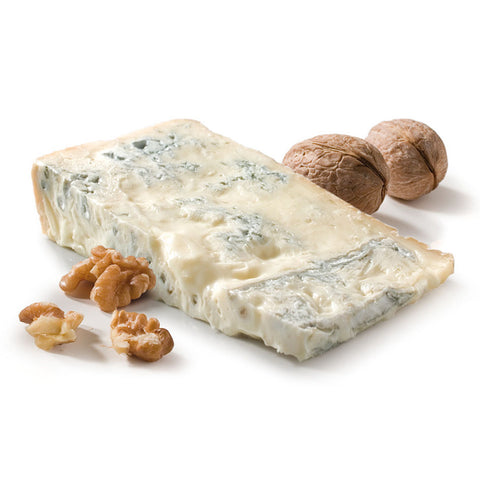Grana Padano
By Somewhere
The origins of Grana Padano date back to the year 1000 when the Cistercian monks from Abbey of Chiaravalle drained certain areas of the Po Valley. This facilitated the capacity to graze livestock and increased the availability of dairy products.
To conserve the excess milk for a long period of time the monks created a recipe that has never been changed over time: a hard cheese, cooked, finely granular (from which its name derives) that thanks to the aging process allows the cheese to preserve the basic nutritional properties found in milk.
The term "Grana" indicates the cheese that has a granular substance which is produced in the Po Valley. Now the term "Grana" is an integral part of the DOP label "Grana Padano" and cannot be used separately from the adjective "Padano".
The "Grana Padano" is a semi-fat cheese made with cows' milk, collected after having milked the cow twice daily.
It matures from a minimum period of 9 months to a maximum of 24 months and comes in cylindrical shapes that vary from 24 to 40 kg (no shape can be inferior to 24 kg).
On the round of cheese itself is the stamp of a four-leaf clover containing the DOC mark, along with the lozenges (diamonds) with the name Grana Padano.
The type of Grana Padano may changes according to the season in which it was produced: if between December and March, it is called "vernengo;" from April to June is called "di testa," or from October to November "terzolo or tardivo."



